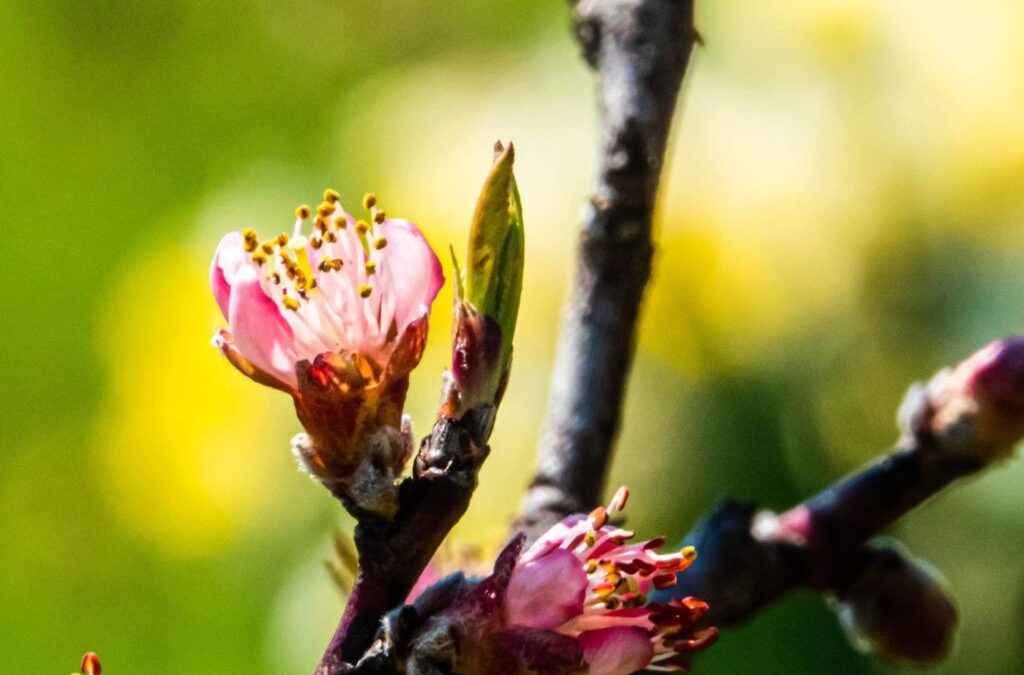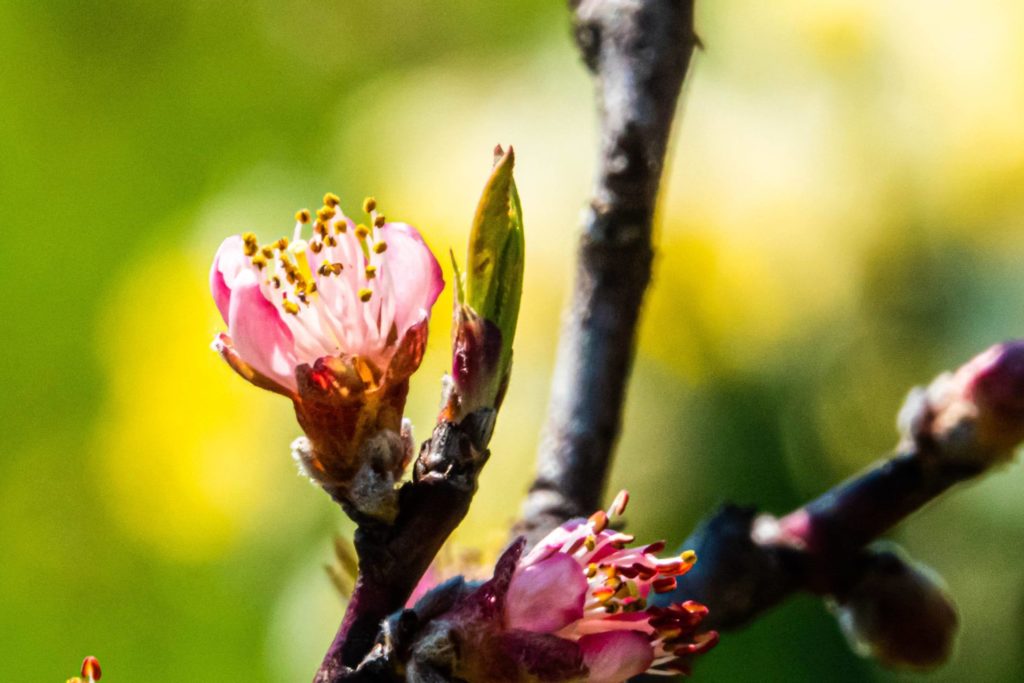
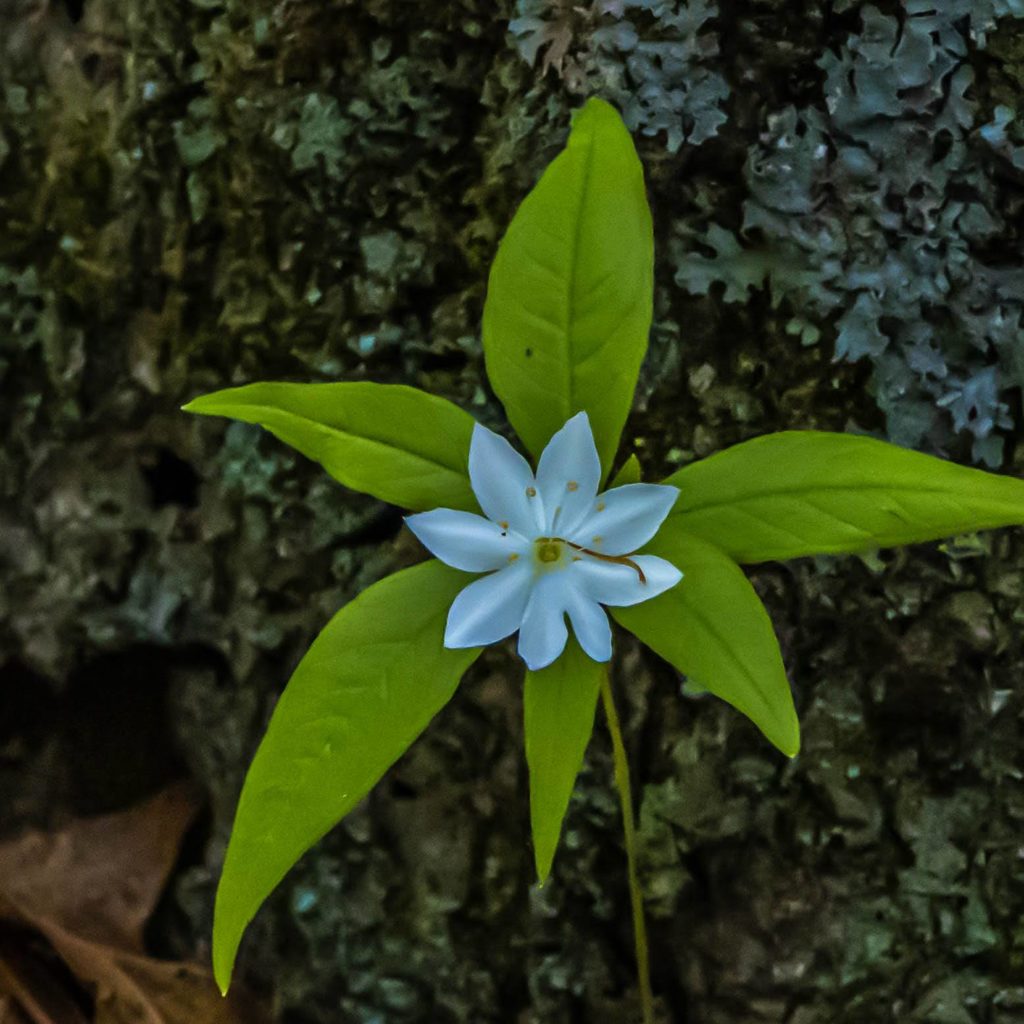
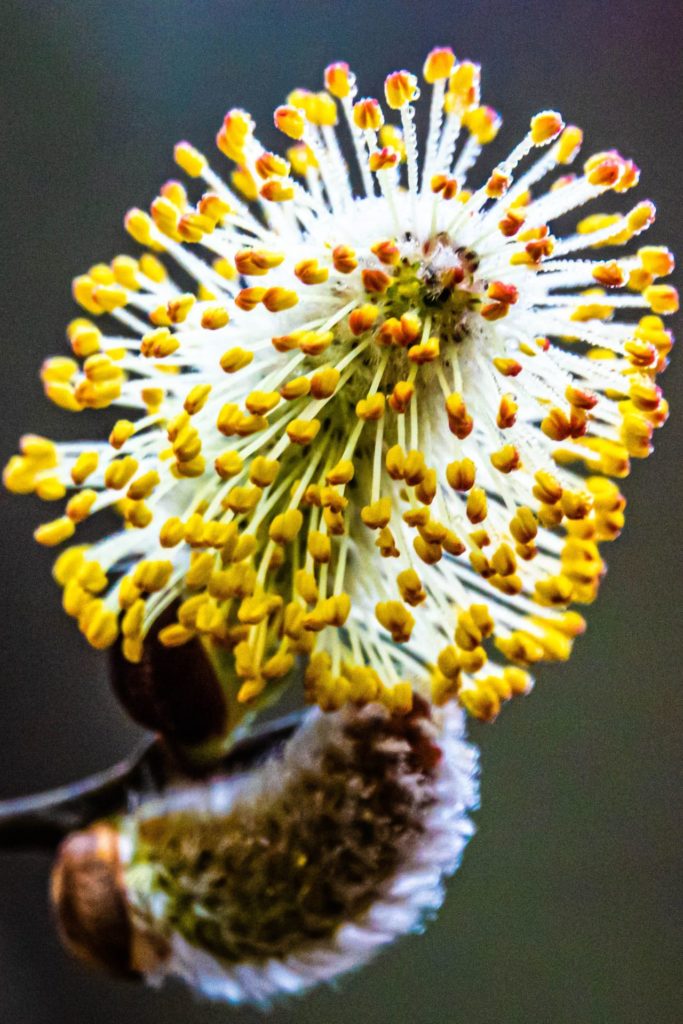
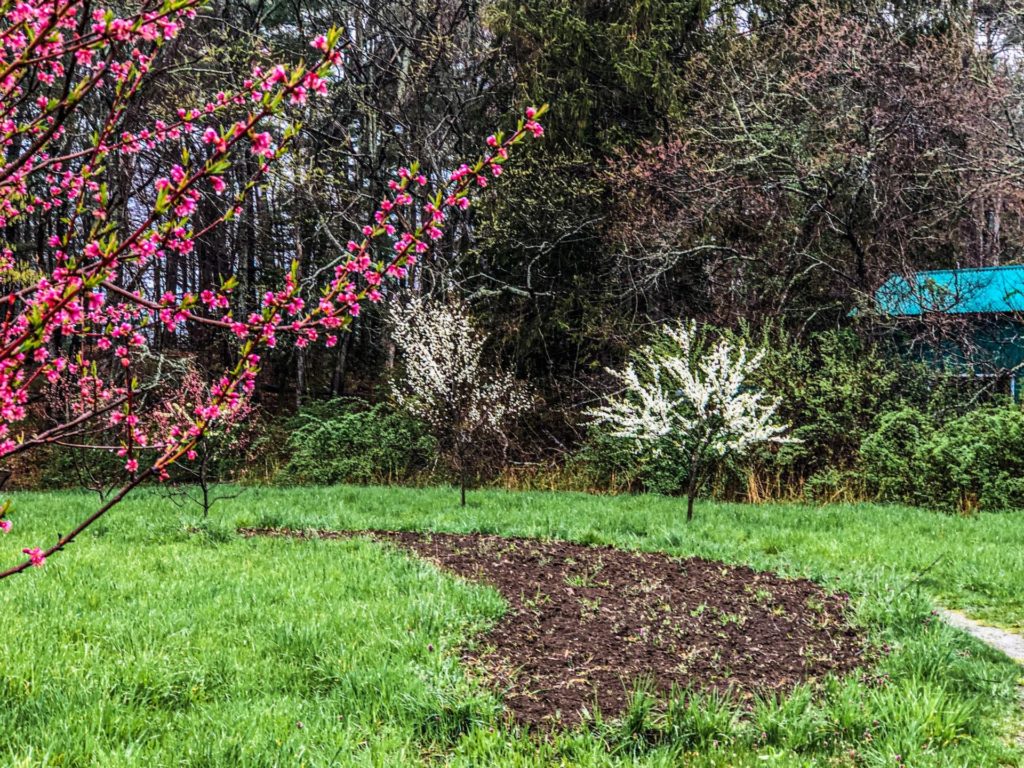
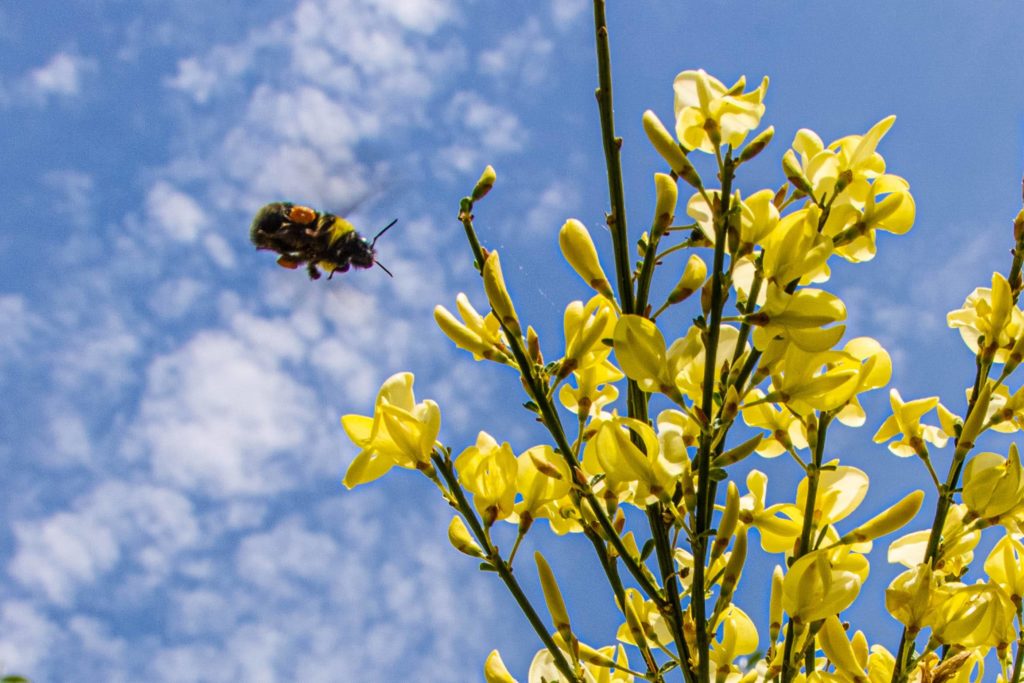
March has arrived and with it the emergence of the first bastions of spring including Snow Drops, Miniature Iris and Daffodil. In our forests and stream edges the Witchhazel proudly waves its small yellow flags. On the forest floor, Skunk Cabbage employs biological processes to literally raise the temperature around it, often melting rings in the ice and snow surrounding it. This creates a neat frame for the green and red speckled basal florets hiding within it a strange mace-like flower specifically designed to attract flies. Not far away the Elderberry begins to push its first leaves on the warm sun soaked banks of the stream taking advantage of the light that filters through before the canopy thickens in June. Quietly on the field edge the American Hazelnut blooms with the tiniest red flower you may have ever seen and is often overlooked due to the large male catkins that dangle like jewels on the naked branches.
This is spring in New England and has been for centuries. While the impacts of climate change undoubtedly have affected the timing, the indicators are the same whether it be plants, animals or birds. The trill of the Woodcock, the return of the Robin, and the song of the peepers let us know that winter has ended and spring has begun. For those of us that tend our gardens and land this is an exciting time to prepare for the coming growing season. Window Sills are now populated with seed trays, rototillers are emerging from sheds, and tables are littered with nursery catalogs full of desires and inspiration. May 15th is traditionally our “Frost Free” date in New England, but that is likely to come earlier given the recent weather patterns. It is important to note that frost occurs at the intersection of the dew point and freezing temps so one must be aware of both factors and not simply rely on temperature. Soil temperature is also very important to understand as most seeds and perennials do not begin growth until soil temps are consistently in the 50’s. Soil thermometers are inexpensive tools to use to help time your seed sowing in the spring (this applies to turf and annual seed).
For those of us that leave our gardens untouched throughout the winter for habitat, now is the time to begin cutbacks and cleanup. It is important to complete this work before emergence to prevent damage to tender new growth. To optimize the health of your soil don’t rake out the leaves and small debris, they will break down and provide much needed organic matter and nutrients into the soil. If you mulch your gardens it is best to do a light topdressing of only about 1-2” each year. Place this over the leaves and debris to gain the aesthetic appeal you desire while still “feeding” the soil. If you have more than about 4” of wood mulch that is too much and can have negative effects on moisture infiltration and soil chemistry. Removal of excess mulch can alleviate this as well as skipping a few years of mulching and letting the material naturally break down. See below 5 bullet points for spring garden preparation.
- Order your seeds, create a sowing schedule and get them sown!
- Finish pruning of woody plant material ASAP (Hydrangeas!)
- Cut back remaining annuals and perennials. Leave the leaves!
- Prep new garden/veggie beds with compost amendments, rototilling, lasagna mulching, etc..
- Check your tools and equipment for maintenance issues. Make sure you have good gas for your equipment and drain old fuel from lawn mowers, weed whackers and chainsaws.


